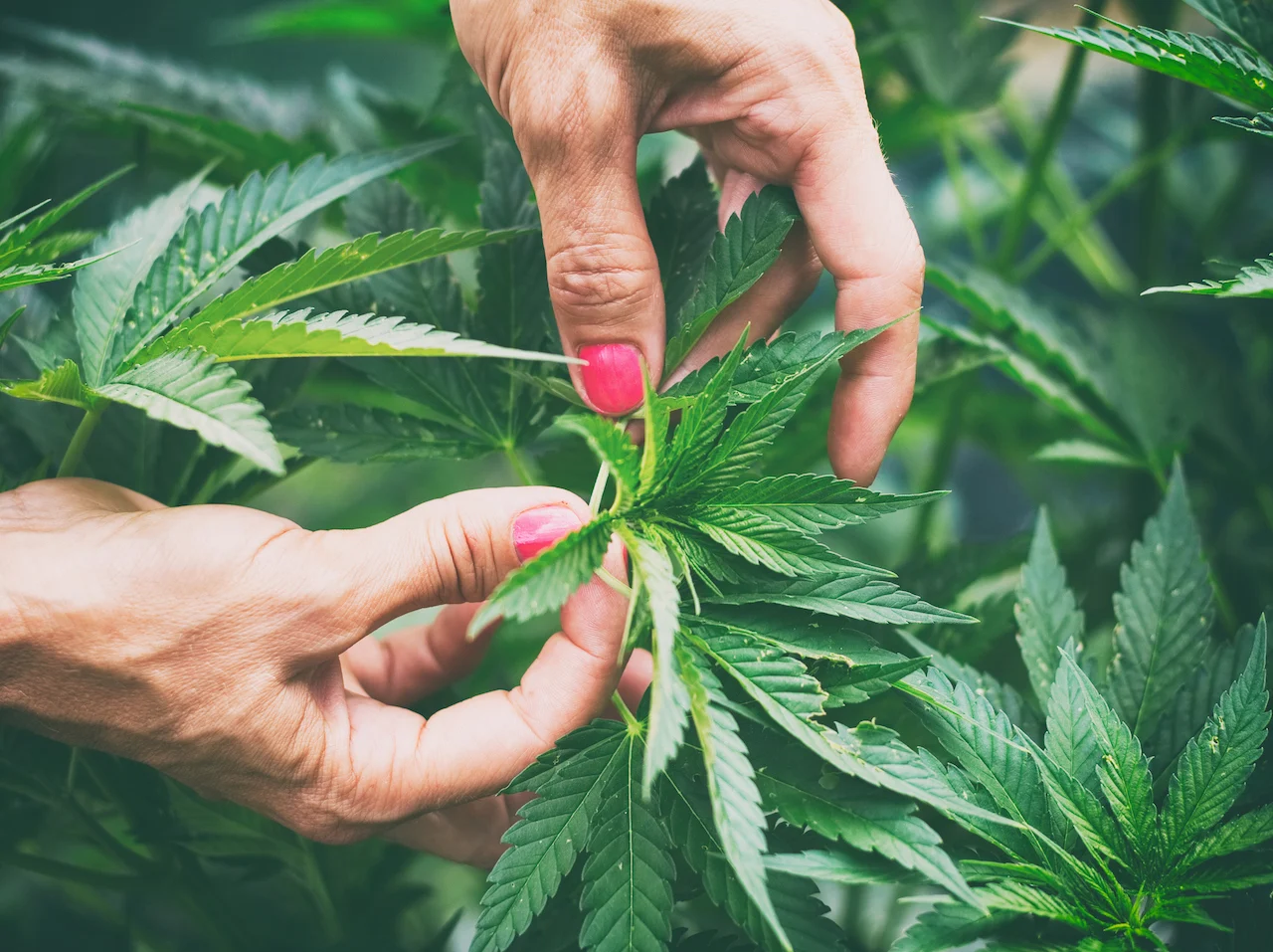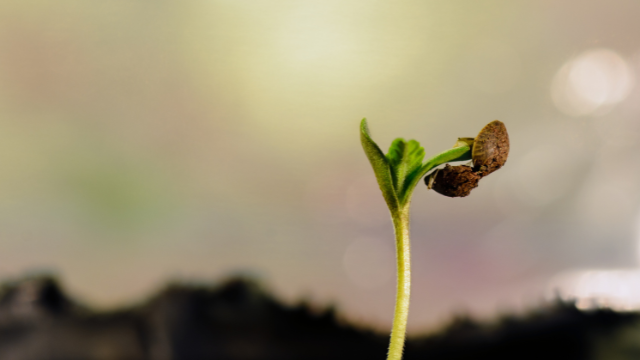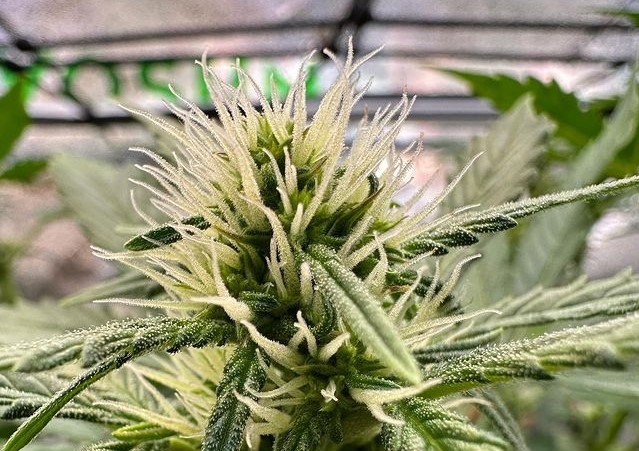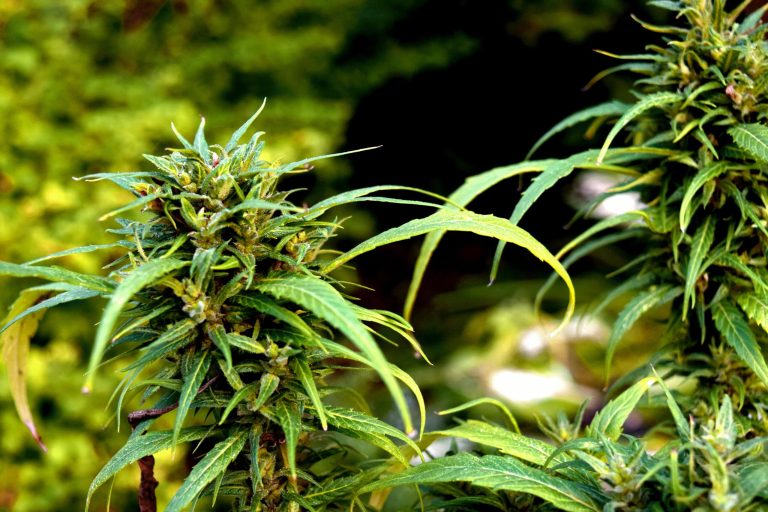Always in need of high-quality buds from your cannabis plants? Growing your own plants could be the cost-effective answer you’re looking for. Come one, come all; whether an experienced grower or a novice beginner, you can learn some essential steps to raise plentiful cannabis plants.
Select a Strain
 Your needs and the area you have to grow your plants will assist you in picking out the perfect strain. Take into consideration the desired effects, flavor profile and growth characteristics.
Your needs and the area you have to grow your plants will assist you in picking out the perfect strain. Take into consideration the desired effects, flavor profile and growth characteristics.
For example, Indica strains will be short and bushy, but white sativas are taller with a longer flowering duration. And, of course, a hybrid will be a combination of both. Select your strains with assistance from Kind Seed Co.
Where To Grow?
Picking and creating the ideal spot for your plants is an all-important part of their growth and development. First, decide if you want indoor or outdoor conditions based on the weather conditions and how much available space you have.
Growers find that indoor growing gives more control over the lighting, temperature and humidity. Should you choose to grow outside plants, you’re at the mercy of the daily forecast.
Should you decide to go with an indoor garden, invest in some high-quality growing lights such as LED or HPS.
You’ll also need some good ventilation fans and air filters to keep the right conditions going. The grow room should have reflective walls as well to make certain the light is distributed evenly and cut back on energy waste.
Germination and Seedling Stage
 Germinating your seeds is necessary to start your growing cycles. Most people use the paper towel technique where you put seeds between damp paper towels until they sprout. When you see that the seedlings have sprouted, put them into small containers using nutrient-rich soil or some soilless growing medium.
Germinating your seeds is necessary to start your growing cycles. Most people use the paper towel technique where you put seeds between damp paper towels until they sprout. When you see that the seedlings have sprouted, put them into small containers using nutrient-rich soil or some soilless growing medium.
Plan on providing the plants with approximately 18-24 hours of light each day during this seedling stage so as to maintain a temperature between 70-80°F. The soil should be moist, but be careful not to waterlog it. Also, take care with the nutrients, making sure not to overfeed, since the seedlings are sensitive to too much fertilizer.
Vegetative Stage
As your plants enter the vegetative stage, they will grow rapidly and develop a robust root system. This is the time to train your plants using techniques like topping, fimming, or low-stress training (LST) to encourage bushier growth and higher yields.
Maintain a consistent light schedule of 18 hours on and 6 hours off, and gradually increase the strength of your nutrient solution. Monitor the pH level of your growing medium, as cannabis plants thrive in a slightly acidic environment (between 6.0-7.0).
Flowering Stage
 To induce flowering, switch your light cycle to 12 hours of light and 12 hours of darkness. During this stage, your plants will develop buds and increase in size and resin production. Adjust your nutrient mix to support bud development, focusing on phosphorus and potassium while reducing nitrogen.
To induce flowering, switch your light cycle to 12 hours of light and 12 hours of darkness. During this stage, your plants will develop buds and increase in size and resin production. Adjust your nutrient mix to support bud development, focusing on phosphorus and potassium while reducing nitrogen.
Harvesting, Drying, and Curing
Once the trichomes change color from clear to milky white and then to amber, it’s time to harvest. Cut down your plants, trim the leaves, and hang the branches to dry in a cool, dark, and well-ventilated area for about 7-10 days.
Once the buds are dry, place them in airtight jars for curing. Open the jars daily for the first week to allow excess moisture to escape and to prevent mold growth. Cure the buds for 2-4 weeks before consuming.
By following this comprehensive guide and adapting it to your specific needs and environment, you can cultivate top-quality buds and enjoy the fruits of your labor.

